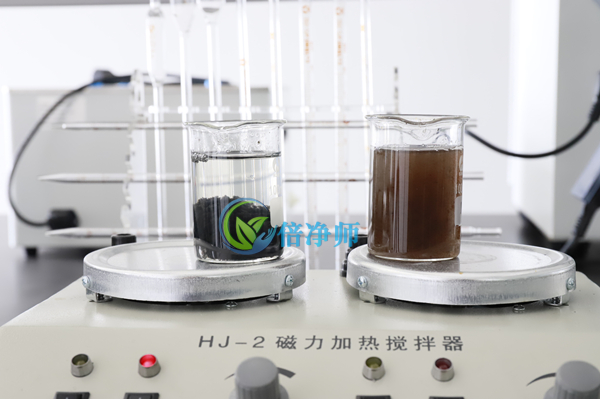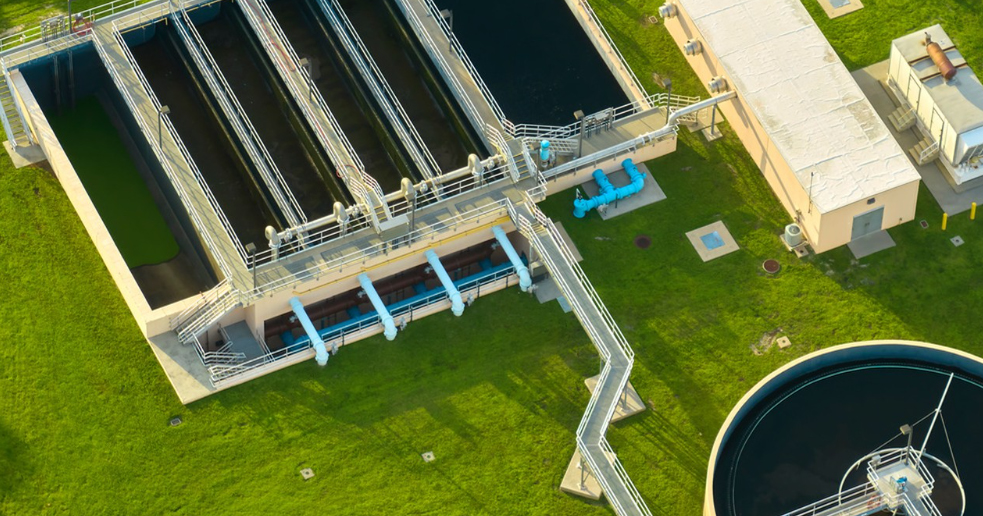In power plant operations, wastewater management is critical to environmental compliance and sustainable practices. A common challenge in this context is the presence of stable emulsions—mixtures of oil, water, and contaminants like solids or chemicals that resist natural separation. These emulsions hinder effective treatment, potentially leading to operational inefficiencies and regulatory issues. Enter the demulsifier—a specialized chemical agent designed to break down these stable mixtures. Specifically, a power plant demulsifier or demulsifier for power plant wastewater plays a pivotal role in resolving emulsion-related problems, ensuring smooth wastewater treatment and clean discharge.
Understanding Emulsions in Power Plant Wastewater
Power plant wastewater often contains emulsified oils from turbine lubrication, cooling systems, or coal-handling processes, combined with suspended solids, heavy metals, and dissolved impurities. Emulsions form when oil droplets are stabilized by surfactants, fine particles, or organic matter, creating a thermodynamically stable mixture. This stability prevents conventional gravity separation, making mechanical methods ineffective. Without proper treatment, emulsified wastewater can:
-Clog filters and membranes in treatment systems, reducing equipment lifespan.
-Interfere with chemical processes like flocculation or disinfection.
-Violate discharge standards for oil and grease, leading to environmental harm.
How Demulsifiers Work: Mechanisms of Action
A demulsifier for water treatment, particularly formulated for power plant applications, targets the stability of emulsions through three key mechanisms:
-Breaking Interfacial Films: Demulsifiers disrupt the protective layer around oil droplets (composed of surfactants or solids), reducing surface tension and allowing droplets to coalesce.
-Neutralizing Charges: Many emulsions are stabilized by electrostatic repulsion between charged droplets. Demulsifiers, often cationic or anionic surfactants, neutralize these charges, promoting droplet aggregation.
-Enhancing Phase Separation: By altering the wettability of solid particles or adjusting the emulsion’s viscosity, demulsifiers accelerate the separation of oil and water phases, making subsequent filtration or skimming more effective.

Types of Power Plant Demulsifiers
Power plant wastewater demulsifiers are tailored to the specific composition of emulsions, which vary based on fuel type (coal, gas, biomass) and operational processes. Common types include:
-Surfactant-Based Demulsifiers: These are the most widely used, containing synthetic surfactants (e.g., polyethers, polyamines) that outcompete natural emulsifiers, destabilizing the oil-water interface. They are effective for both oil-in-water (O/W) and water-in-oil (W/O) emulsions.
-Electrolyte Demulsifiers: Simple salts (e.g., calcium chloride, magnesium sulfate) can disrupt emulsions by screening electrostatic charges, often used as a cost-effective pre-treatment for lightly emulsified wastewater.
-Polymeric Demulsifiers: High-molecular-weight polymers enhance droplet aggregation through bridging effects, ideal for complex emulsions with high solid content.
Advantages of Specialized Power Plant Demulsifiers
Using a demulsifier for power plant wastewater offers distinct benefits:
-High Efficiency: Formulated to handle high-temperature or high-salt wastewater common in power plants, these demulsifiers work rapidly even under harsh conditions.
-Process Compatibility: They integrate seamlessly with existing treatment systems—such as clarifiers, dissolved air flotation (DAF) units, or biological reactors—improving overall system performance.
-Regulatory Compliance: By effectively reducing oil and grease levels to below discharge limits (often <10–20 mg/L), demulsifiers help power plants meet strict environmental regulations (e.g., EPA standards in the U.S. or EU Water Framework Directive).
-Cost Savings: Preventing equipment fouling and reducing the need for reprocessing lowers maintenance and operational costs in the long run.
Practical Applications in Power Plants
Demulsifiers are typically applied in the pretreatment stage of wastewater processing:
-Coal-Fired Plants: Wastewater from coal washing or flue gas desulfurization (FGD) systems often contains stable oil-water emulsions. A power plant demulsifier is added to primary settling tanks to break down emulsions, facilitating efficient oil skimming and solids removal.
-Combined Cycle Gas Turbines (CCGT): Cooling water systems here may generate emulsions from lubricating oils. Demulsifiers ensure clean separation, protecting downstream reverse osmosis (RO) membranes used for water reuse.
-Biomass Plants: Wastewater from biomass digestion can include organic-rich emulsions. Demulsifiers enhance the separation of biogas byproducts, improving the efficiency of subsequent biological treatment.
Challenges and Future Trends
While demulsifiers are essential, challenges remain, such as optimizing formulations for emerging contaminants (e.g., microplastics) and minimizing environmental impact. Future innovations focus on:
-Eco-Friendly Formulations: Developing biodegradable or low-toxicity demulsifiers to align with green chemistry principles.
-Smart Demulsifiers: Using nanotechnology or responsive polymers that adapt to changing wastewater conditions (e.g., pH, temperature) for automated, efficient treatment.
-Digital Optimization: Leveraging data analytics to tailor demulsifier dosage in real time, reducing chemical waste and costs.
Conclusion
A demulsifier for power plant wastewater is more than a chemical additive; it is a critical enabler of efficient, compliant wastewater management. By breaking down stubborn emulsions, these agents ensure smooth operations, protect treatment infrastructure, and safeguard the environment. As power plants strive for greater sustainability, investing in specialized demulsifiers—paired with advanced monitoring and adaptive technologies—will be key to overcoming emulsion challenges and achieving circular water economies.
As a professional chemicals manufacturer in the water treatment Industry, Sanmei have helped more than 5,000 plants with process solutions and helped them improve production efficiency, reduce costs, and optimize profit plans. Our main goal is to assist you in optimizing production efficiency and profitability in a sustainable way. Welcome to consult us and get a free wastewater treatment solution by filling in the form below or email to brian@san-mei.com.












